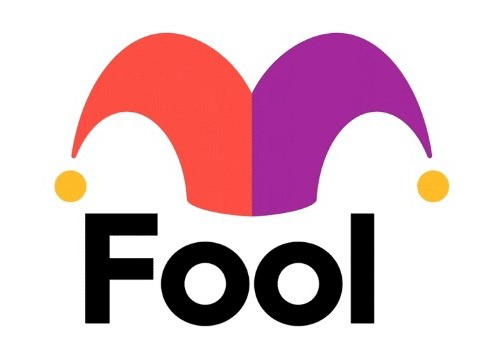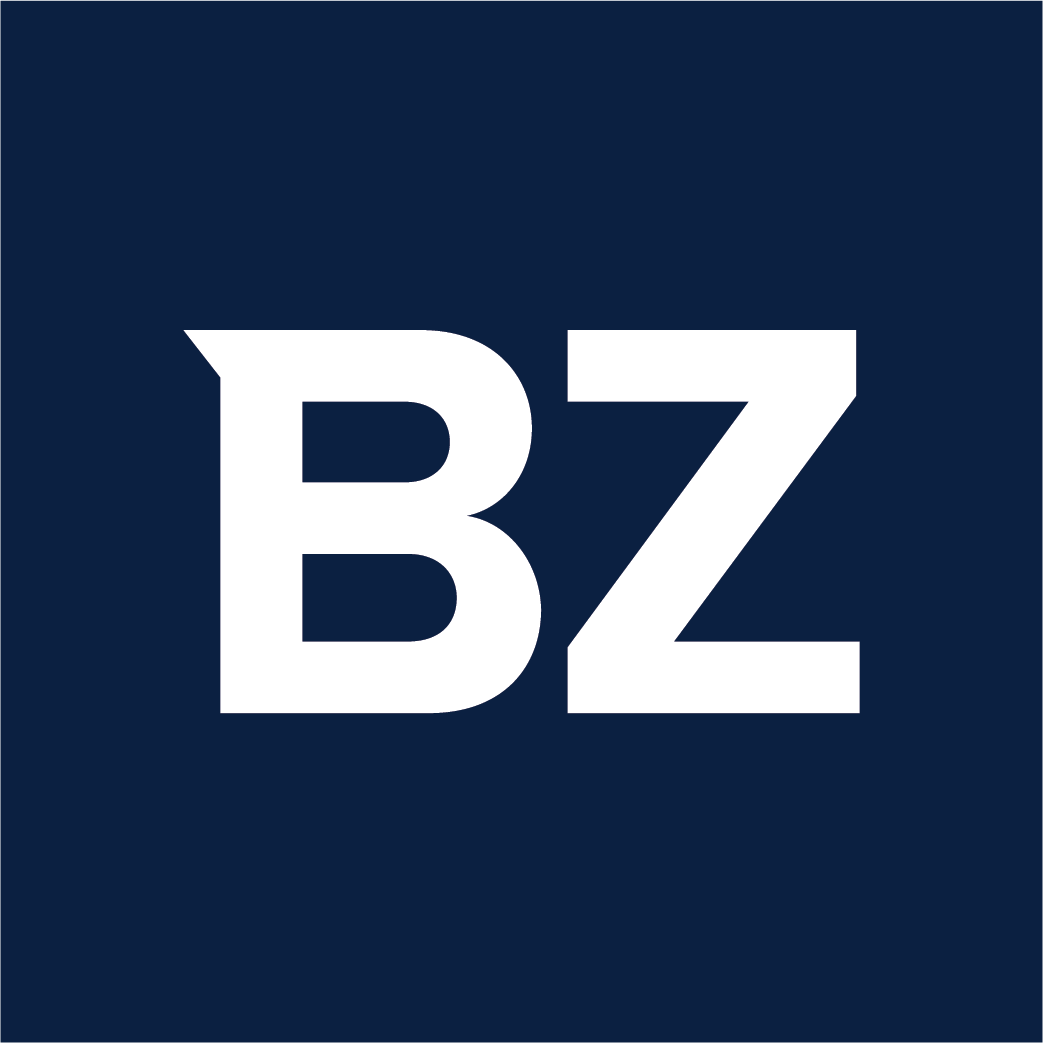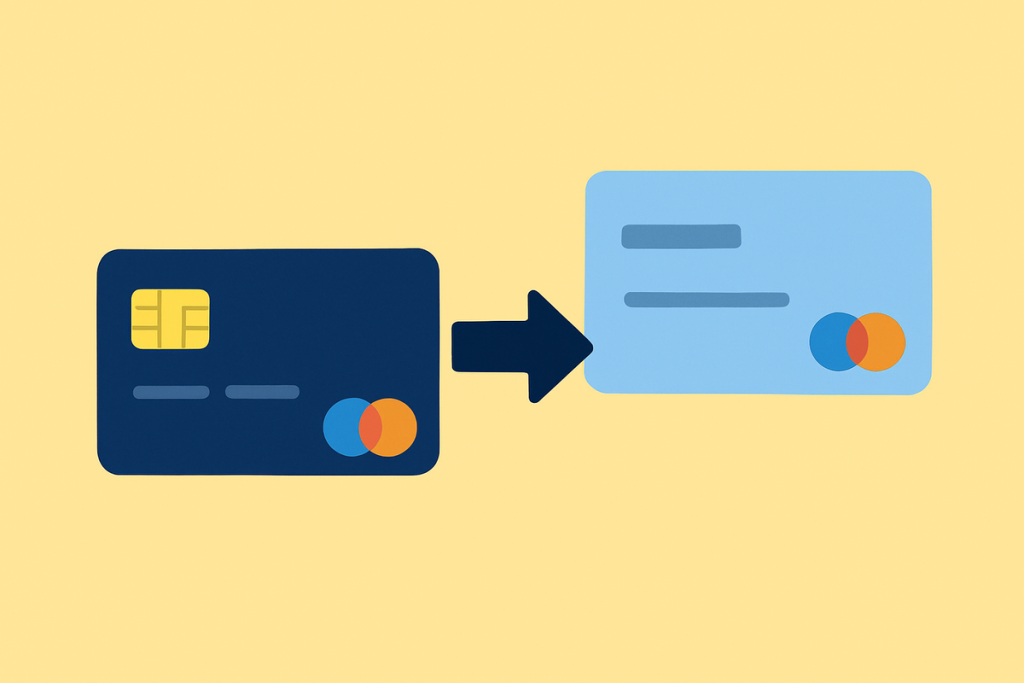For many of today’s workers, a 401(k) is the difference between enjoying a comfortable retirement and struggling to get by. It’s where they save for decades and hopefully snag some matching contributions from their employer so they don’t have to do it all alone. But these accounts can also be complex.
Those who don’t understand how 401(k)s work can make some costly mistakes. One in particular could cost you up to $300,000 throughout your career. But it’s easily preventable if you know what to look for.
Where to invest $1,000 right now? Our analyst team just revealed what they believe are the 10 best stocks to buy right now. Learn More »

Image source: Getty Images.
Don’t let your 401(k) plan run on autopilot
Opening a new 401(k) can be overwhelming. You have to decide which investments are the best for you, and figure out how much you need to set aside to get an employer match. If you’ve just joined your employer’s company, you’re also trying to get used to a hundred other things about your new job.
This is what makes the idea of 401(k) automation features so appealing. You don’t have to choose investments: Your employer will automatically enroll you in a default option if you don’t select one. This is often a target-date fund based on your estimated year of retirement. You also don’t have to remember to defer money from your paychecks with many 401(k)s, due to auto-enrollment.
The problem with auto-enrollment is that the default enrollment percentage is often low: The most common rate is just 3% of your salary per year, according to Vanguard. Some plans have an auto-escalation of 1 percentage point per year that continues until you reach 10% of your income. But even this may not be enough for workers who got a late start on retirement savings.
Job changes compound this even further. Let’s say you’ve been auto-enrolled in your employer’s 401(k) for several years now, and are currently contributing 10% of your salary. Then you change jobs and enroll in a new plan, where you’re auto-enrolled once again at 3%. Though this rate will pick up over time, the dip in your savings rate could make it much more difficult to reach your retirement goals.
Vanguard estimates that a worker with a starting salary of $60,000 who changes jobs eight times, for a total of nine jobs altogether, would lose about $300,000 by sticking with the auto-enrollment percentage rather than selecting a 401(k) deferral percentage based on their income and retirement goals. That lost money might have been enough to fund six years of retirement expenses.
How to fix this common 401(k) mistake
Fortunately, this issue is pretty easy to remedy. Before you leave your old job, take note of what percentage of your salary you’re currently contributing. Aim to contribute at least this much to your new 401(k). If you get a pay raise, this might increase the dollar amount you choose to set aside.
For example, if you earn $60,000 per year and contribute 10% for retirement, that’s $6,000 per year. But if you take a new job that pays you $65,000, 10% is now $6,500 per year. It’s best to set this extra money aside upfront, rather than waiting to see what you have left at the end of the month. Otherwise, lifestyle creep could eat up all your extra cash.
If your previous employer offered a 401(k) match and your current employer doesn’t or offers a smaller match, you may want to increase your deferrals so you can add the same percentage of your income to your 401(k) each year.
So if you used to contribute 10% of your income toward retirement and your old employer contributed 3% but your new employer offers nothing, see if you can increase your new deferral rate to 13%. That might be difficult to pull off, but it could make a significant difference to your 401(k) balance over time.
Schedule check-ins with yourself at least annually — or whenever you get a raise — to review your 401(k) contribution rate and your investment options. If you feel you could set aside more, do so.
Just be mindful of the annual contribution limits. Adults under 50 can set aside up to $23,500 in a 401(k) in 2025, while those 50 to 59 and 64 or older can save up to $31,000. Those aged 60 to 63 can contribute the most at $34,750 this year. But exceeding these limits can carry steep tax penalties, so avoid that at all costs.
The $22,924 Social Security bonus most retirees completely overlook
If you’re like most Americans, you’re a few years (or more) behind on your retirement savings. But a handful of little-known “Social Security secrets” could help ensure a boost in your retirement income. For example: one easy trick could pay you as much as $22,924 more… each year! Once you learn how to maximize your Social Security benefits, we think you could retire confidently with the peace of mind we’re all after. Simply click here to discover how to learn more about these strategies.
View the “Social Security secrets” »
The Motley Fool has a disclosure policy.
 fool.com
fool.com benzinga.com
benzinga.com



